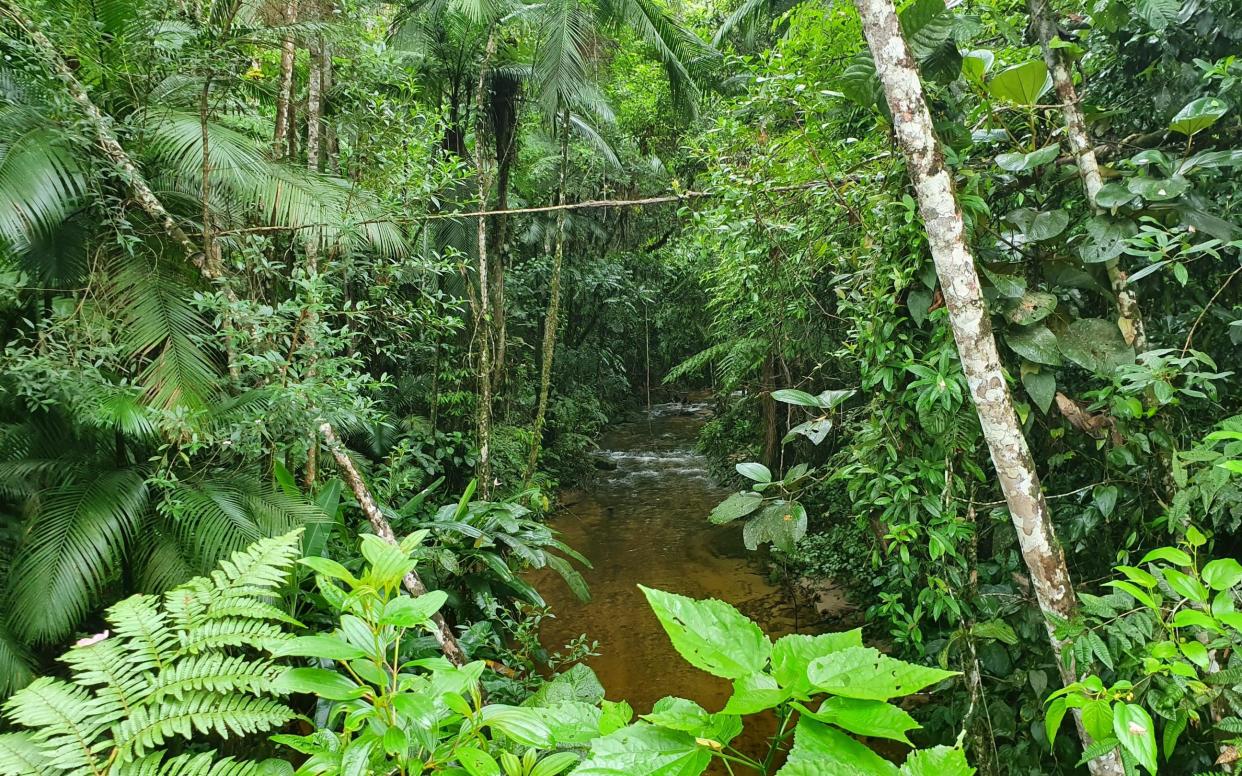Forest area the size of France regrown since 2000, satellite data shows

A forest area the size of France has regrown around the world since 2000, a WWF study has found.
Almost 60m hectares grew back naturally worldwide over the past two decades, researchers with the Trillion Trees project found, showing the capacity of forests to repair themselves under the right conditions.
This area of returning woodlands could store the equivalent of 5.9 billion tonnes of carbon dioxide, more than the annual emissions of the US, and in many cases returned with little or no human intervention, the researchers said.
But conservationists warn "vastly" more hectares of trees are being burned and cut down each year, and called for support for forest regeneration in order to tackle climate change, as well as action to stop deforestation.
Regrowth has been strongest in areas including the boreal forests of Mongolia’s northern wilderness, where 1.24m hectares of forest have regenerated, as well as in central Africa and Canada.
Mongolia's forests are damaged by fires, with up to 60 burning through woodland every year, affecting 14 per cent of the tree cover, but expanding nature reserves have also enabled restoration.
One-fifth of the country's land is protected. Parts of Brazil's coastal Atlantic Forest have also been successfully restored, though deforestation rates have also risen in recent years, the report says.
Around 4.2 million hectares of forest have regenerated in Brazil since 2000, with many of these areas clustered around the Atlantic Forest.
Some of this has happened naturally, in part due to less pressure on the land because of more intense beef or dairy farming, requiring less land for grazing.
Less than 15 per cent of the original forest, once covering more than a million square kilometres, remains today. Scientists believe it has to more than double in size to reach 30 per cent of its original extent in order to be long-term viable.
The Trillion Trees project is run jointly by the WWF, BirdLife International and the Wildlife Conservation Society (WCS), headquartered at the Bronx Zoo in New York City.
This study is part of a two-year research project, and is based on analysis of 30 years’ worth of satellite imagery and on-the-ground surveys carried out across 100 sites in 29 countries.
William Baldwin-Cantello, director of nature-based solutions at WWF said: “The science is clear: if we are to avoid dangerous climate change and turn around the loss of nature, we must both halt deforestation and restore natural forests.
“We’ve known for a long time that natural forest regeneration is often cheaper, richer in carbon and better for biodiversity than actively planted forests, and this research tells us where and why regeneration is happening, and how we can recreate those conditions elsewhere.
“But we can’t take this regeneration for granted – deforestation still claims millions of hectares every year, vastly more than is regenerated.
"To realise the potential of forests as a climate solution, we need support for regeneration in climate delivery plans and must tackle the drivers of deforestation, which in the UK means strong domestic laws to prevent our food causing deforestation overseas."

